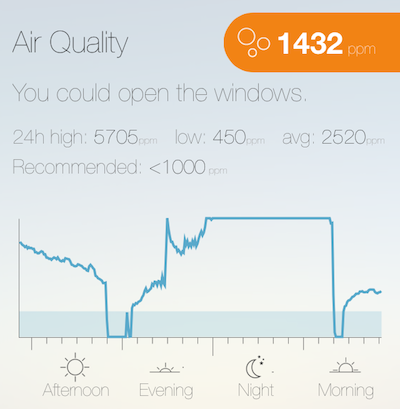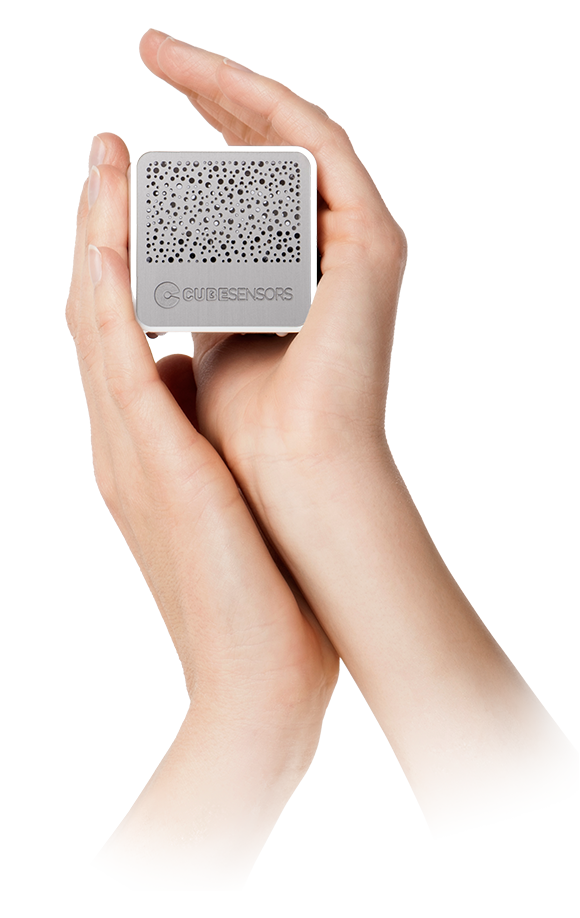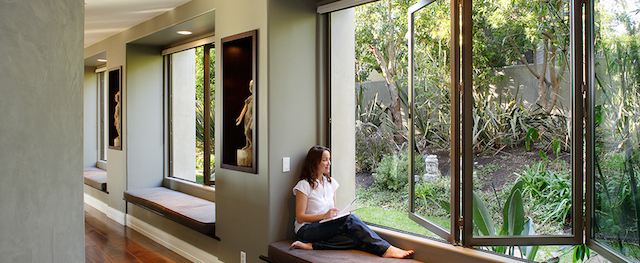Spring is in the air – and your air quality sensor can feel it
by Alja Isakovic
For those of us in the northern hemisphere, the days are finally getting longer, the sun is lightening up our mood, and warmer temperatures are awaking trees, flowers, grasses and other plants.
Unfortunately, this also means that the blooming nature is filling the air your breathe with pollen and various Volatile Organic Compounds (VOCs) that can cause nose, throat and eye irritation. Rising temperatures and direct sun exposure can also make your furniture off-gas VOCs in higher concentrations. And our Cubes have taken notice.
The air quality sensor inside CubeSensors doesn’t measure pollen directly, but we’ve all seen a dramatic increase of VOCs in our homes during recent warm and sunny spring days. Here’s a screenshot from my own bedroom in the past 24 hours:

The dips in VOC levels are still noticeable when I open the windows, but VOCs rise up again much quickly to higher levels even when the room is unoccupied. It’s also worth noticing that the rooms, where I open the windows more often for longer periods of time, are showing higher VOC levels.
So, what can you do about your indoor air quality during high VOC spring days? If you suffer from hay fever, you might want to avoid opening the windows during peek pollen hours in early morning and evening, especially on dry and sunny days. You can make up for that on damp and cold days, especially after it has rained for a few days. And if you use air filters or purifiers, do make sure to install a fresh, clean filter when spring begins to bloom.



